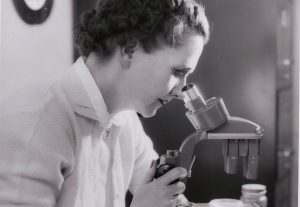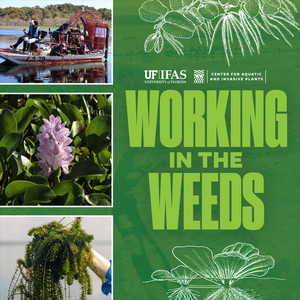
For Dr. Suess fans everywhere, this title might have made you think of the Lorax. The quote “I am the Lorax. I speak for the trees. I speak for the trees for the trees have no tongues”. You might be curious about how this is going to tie together. Today we are going to highlight Rachel Carson and her seminal book Silent Spring. We will look at how that book shaped where we are today. For indeed in many ways, it was Rachel Carson Who Gave the Spring It’s Voice.
Silent Spring is a book that is mentioned often, and along with the author Rachel Carson is credited for the formation of the Environmental Protection Agency (EPA). The book is quoted, discussed, and even debated, but sadly so many that discuss it have never read it. I encourage everyone to read this book to help understand where things were, where they have come, and where they might be going. The only way to properly understand all that is to read the book. Additionally, one must also try and read the book, not with today’s understanding, but placing it when it was written.
What Came Before
Silent Spring was published over 60 years ago in 1962, a world much different from our own. There was no internet to quickly spread information and get groups organized for action. There was no EPA in 1962, in fact there was very little regulation of chemicals at all. Regulation was handled by the Federal Insecticide Fungicide and Rodenticide Act (FIFRA), under the US Department of Agriculture. Wait, was it regulated or not back then? Well back then all that was regulated as 1) What a company said was in a jug of pesticide had to be in there, 2) It did what it said. That’s it, no training, no limits, nothing beyond fraud of what is in the jug and it not working. A far cry from today for sure.
So, leading up to Silent Spring we had no regulations about what could be used and where. Furthermore, anybody could buy any chemicals they wanted. These untrained purchasers of pesticides were then free to use them anywhere they wanted. Additionally there were little or no instructions on how use them. Certainly not what we think of today and upsetting that anybody back then could buy and use products like DDT in any manner they wanted. At the time, few if any gave this a second thought, many pesticides were seen as miracle cures at the time, not possibly dangerous chemicals that could stay in the environment forever.

With this background Rachel Carson began to be concerned and began to speak through her writing about what concerned her. As an early ecologist, before that was really a discipline, and writer she began to point out the connected nature of the ecosystems around us. She began to be concerned not just about the environment, but people as well, didn’t people deserve to be protected from possibly dangerous chemicals? All of this leads to Silent Spring putting voice to the concerns she had, and providing this knowledge to others who became concerned as well. This was the catalyst for the environmental movement that ultimately spurred the formation of the US EPA in 1970.
New Era
With the task of the EPA being to protect people and the environment from unreasonable risk of harm posed by various chemical pollutants, it made sense to move FIFRA under their jurisdiction. Now FIFRA cares about more than fraud, its testing chemicals for impacts on the environment, impacts on people, and restricting what can be used, by whom, and where. These changes directly addressed many of the concerns raised by Rachel Carson. Tragically Rachel Carson didn’t live long enough to see the true impact her book had. Rachel died in 1964, fighting with her voice for the environment up until her last days. Without that passion and dedication, we are left to wonder what might have been had she never published her book.
Now why does all this matter to our office, and why are we discussing it here today? Well, the formation of the EPA and the regulation of pesticides fits directly into our office. We are tasked with Pesticide Safety Education and the training and educating of licensed applicators. Making sure that the pesticides we do use are used when they are needed, exactly according to the label, and in the safest manner possible is a task we take seriously. We can never go back to the days of anything, anywhere, by anyone ever again!
Why Now?

The second reason for this blog is to highlight our involvement with the wonderful Working in The Weeds Podcast, put out by the UF/IFAS Center for Aquatic and Invasive Plants. This season of their podcast has been a deep dive into Silent Spring and pesticide regulations in general. As part of that I was on a previous podcast this season discussing pesticide registration and certified applicator training. Coming up next Dr. Emily Kraus will be featured discussing the other tools we use in pest management, specifically biocontrol. Her extensive experience with the air potato beetle will highlight the continued focus on using ALL the tools we have to be as safe as possible. The entire Working in The Weeds Podcast is amazing, and I encourage each of our readers to listen to all the seasons. If you like this blog, chances are you will love that podcast as well.
It is hard for us today to imagine the world Rachel Carson wrote her book in. It’s hard to imagine a world where we don’t try to protect the environment. Its hard for us to fail to hear the voice of the Springs. Who Gave the Spring it’s Voice, Rachel Carson did by writing Silent Spring. To close out our quotes from the Lorax, we need to remember that “Unless someone like you cares a whole awful lot, nothing is going to better. It’s not.”
Subscribe
 3
3
